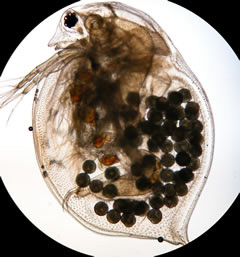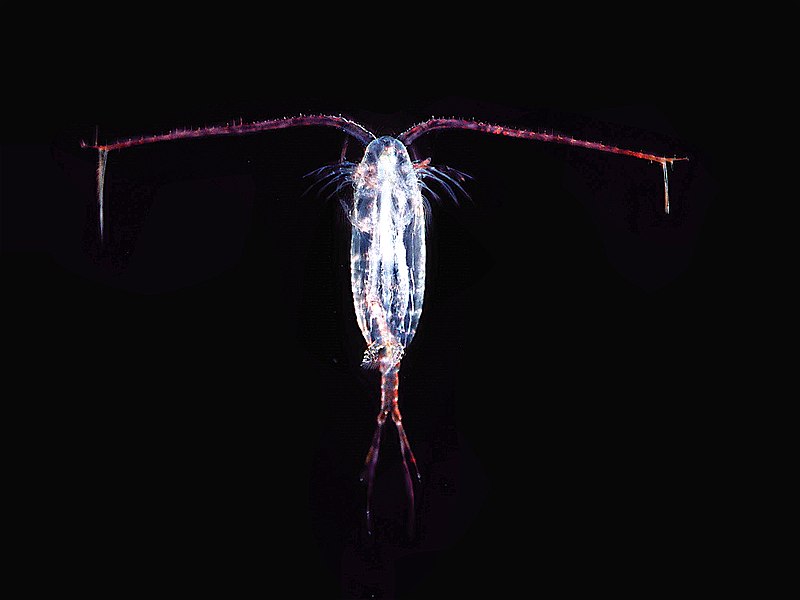Please welcome guest blogger Jeff Berdel, a member of our sales staff, who has submitted a few tips on helping your livestock to adjust to new lighting.
Upgrading aquarium lighting is a common step forward for many aquarists who are looking to get more growth out of their corals or plants, or open themselves up to newer species that may have higher light requirements. Other times, we may find ourselves buying new light-demanding inhabitants for our already stocked tanks. Often aquarists can be too anxious for their photosynthetic pets to get all the light they think they need, but fail to realize the effect that the newer, more intense lighting will have on them.
When You Install New Lighting
There are some easy things you can do to help the photosynthetic organisms in your tank to adjust to new lighting.
When you first install your upgraded fixture, start with a very short photo-period like 3-4 hours a day and gradually add an hour on every 2-3 days until you’ve reached the desired photo-period. You can also elevate the lighting system about 18 inches above the aquarium and gradually lower it a few inches every other day until it’s at the desired height above the tank. If the lighting system features numerous bulbs (like a T5 HO fixture), try the system first with a few of the bulbs out, and then after 3-4 days add a bulb until all the bulbs have been replaced. These small adjustments can help to ease the transition to what will soon make them very happy!
Introducing a New Inhabitant
When you can’t resist purchasing a new and exotic addition to your planted tank or reef, place the new specimen close to or on the bottom of the tank, or in a place with less direct light exposure. Then, gradually move the specimen to the desired position over the course of no longer than ten days. Be sure to let new additions remain at the lower position for 2-3 days before you attempt to move it to any other position.
Anemones can be more difficult as they generally adhere themselves to rocks or the substrate. However anemones and also mobile, and more often than not, the anemone will move to the desired lighting location. Remember, it has the ability to sting anything that gets in it’s way, so be sure you know where it is moving and where it settles so you can relocate anything too close for comfort.

Putting a light over the aquarium with a higher intensity requires a little more than just plugging it in and flipping the switch if the tank is already stocked with aquarium inhabitants. They have become quite used to their source of light being as bright as it is, and a sudden shift in that intensity may shock them. If given time to adjust with these easy steps, your fish and corals will be more vibrant and your plants more lush than ever!
Thanks,
Jeff
 That Fish Blog – Aquarium Advice and Information
That Fish Blog – Aquarium Advice and Information

 Hello, Craig here again! With 15 years on the retail side of this hobby, I have been asked a lot of questions, many of which have been centered on the well-being and growth of live plants for the freshwater aquarium. In my next couple of entries, I thought I would explore some frequently asked questions about
Hello, Craig here again! With 15 years on the retail side of this hobby, I have been asked a lot of questions, many of which have been centered on the well-being and growth of live plants for the freshwater aquarium. In my next couple of entries, I thought I would explore some frequently asked questions about  Shell-dwellers (any species) – These are little fish with big fish attitude! There are many different species, but my personal favorite is the
Shell-dwellers (any species) – These are little fish with big fish attitude! There are many different species, but my personal favorite is the  Tanganyika’s version of our Northern Pike. Their aggressive attitude is ample, so make sure you have a tight fitting lid as an individual may try to exclude all other fish from its territory. They’re fish that command respect.
Tanganyika’s version of our Northern Pike. Their aggressive attitude is ample, so make sure you have a tight fitting lid as an individual may try to exclude all other fish from its territory. They’re fish that command respect. Hello, Frank Indiviglio here. There was a time when all serious aquarists maintained live cultures of Daphnia. This practice has fallen out of favor today, with live foods being replaced by prepared diets. However, many tiny aquatic Crustaceans are easy (and interesting!) to maintain, and represent one of the most nutritious of all food sources for aquatic animals.
Hello, Frank Indiviglio here. There was a time when all serious aquarists maintained live cultures of Daphnia. This practice has fallen out of favor today, with live foods being replaced by prepared diets. However, many tiny aquatic Crustaceans are easy (and interesting!) to maintain, and represent one of the most nutritious of all food sources for aquatic animals.